Isle of Wight sea eagles: No criminality found in death probe
- Published
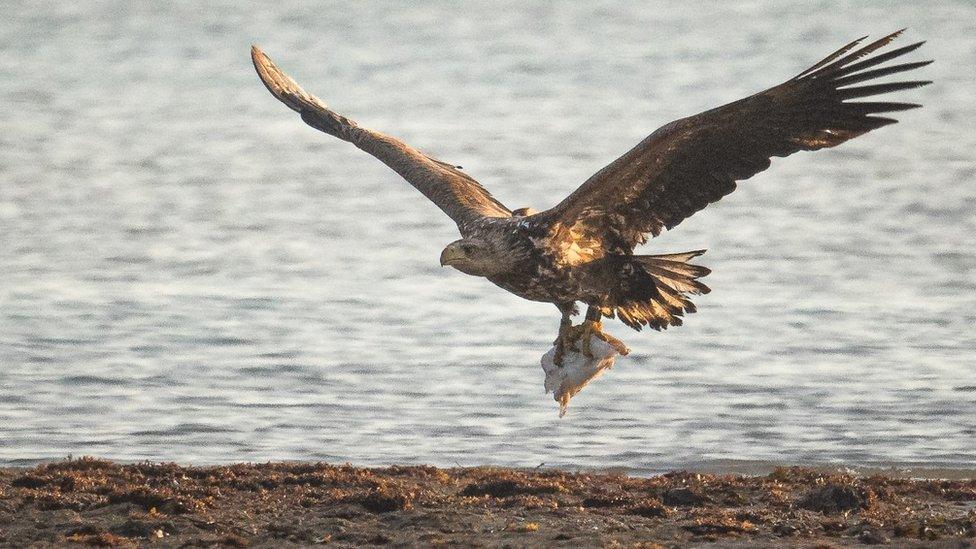
The White-tailed Eagle are all fitted with GPS tracking devices, allowing their flight paths to be monitored.
An investigation into the death of a white-tailed eagle has found no evidence of unlawful killing.
The satellite-tracked eagle was found dead on Bowcombe Road, on the Isle of Wight, in February 2022.
Hampshire Constabulary said the bird initially tested positive for avian influenza and also had rodenticides in its system, but neither factor was found to have caused its death.
The force said there was "no evidence of criminal offences".
The bird was part of an ongoing conservation project, run by Forestry England and the Roy Dennis Wildlife Foundation.
Both organisations were involved in an investigation into the bird's death lead by Hampshire Constabulary, after it was found dead on 24 February.
A police statement said specialist post-mortem examinations found the cause to death to be "uncertain".
"Standard toxicology testing was not possible due to the avian influenza positive test, but the limited analysis that was undertaken did reveal elevated background levels of two rodenticides, brodifacoum and difenacoum, though not at sufficiently high levels to have caused the death of the bird," it said.
It urged users of rodenticides - particularly brodifacoum which is known to be highly toxic to wildlife - to always follow user guidelines.
A police investigation into another sea eagle found dead in north Dorset in January 2022 was ended after no one person could be proved criminally responsible.

The birds, which have a wingspan of up to 2.5m (8ft), had not been recorded in England since 1780
The white-tailed eagle project started in 2019 and sees at least six birds released annually on the Isle of Wight.
The birds are all fitted with GPS tracking devices, allowing their flight paths to be monitored.
Data from the trackers has shown they explore widely, with some making it to the north of Scotland, the Netherlands, Germany and Denmark.
Many of them return to the island after their travels.
The Isle of Wight was chosen to reintroduce white-tailed eagles, also known as sea eagles, as it offers an ideal habitat with plenty of fish in its surrounding waters for them to feed on.
They are the UK's largest bird of prey, with a wingspan of up to 8ft (2.5m).

Follow BBC South on Facebook, external, Twitter, external, or Instagram, external. Send your story ideas to south.newsonline@bbc.co.uk, external.
Related topics
- Published10 October 2022

- Published10 February 2022

- Published2 September 2021
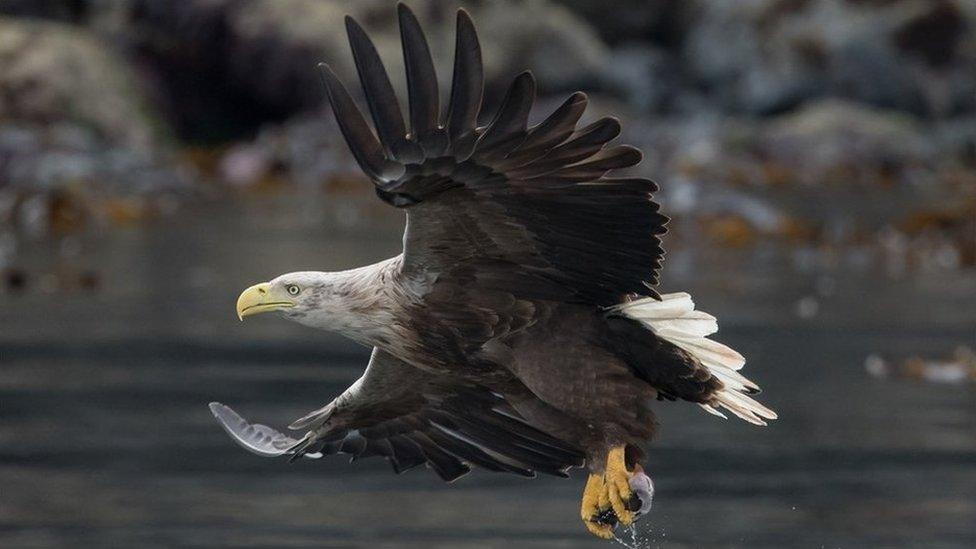
- Published10 May 2021
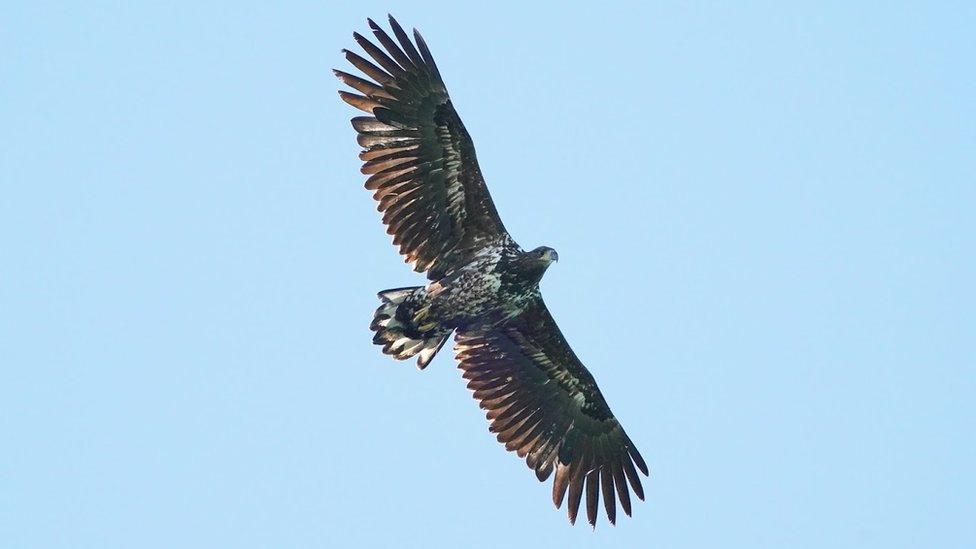
- Published7 April 2021

- Published9 February 2021

- Published4 May 2020

- Published18 January 2020
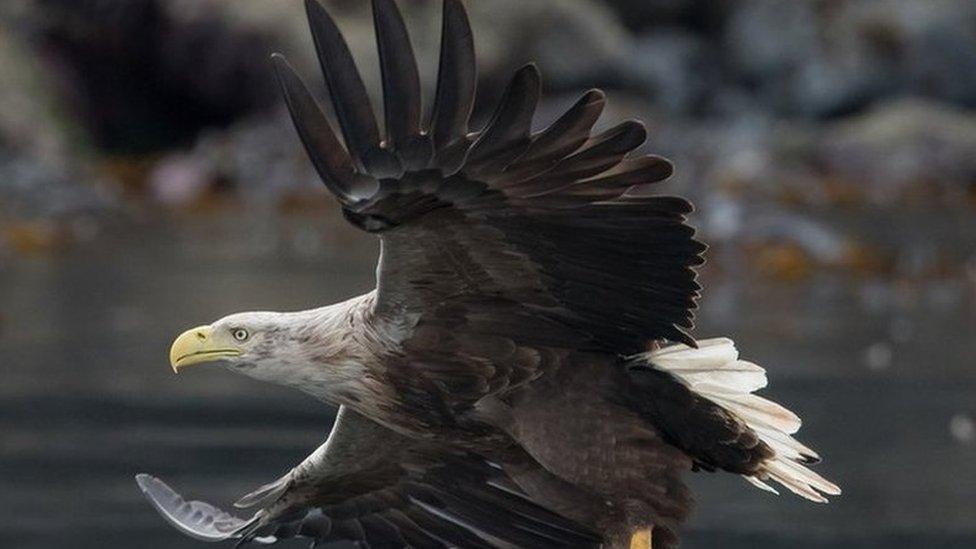
- Published24 October 2019
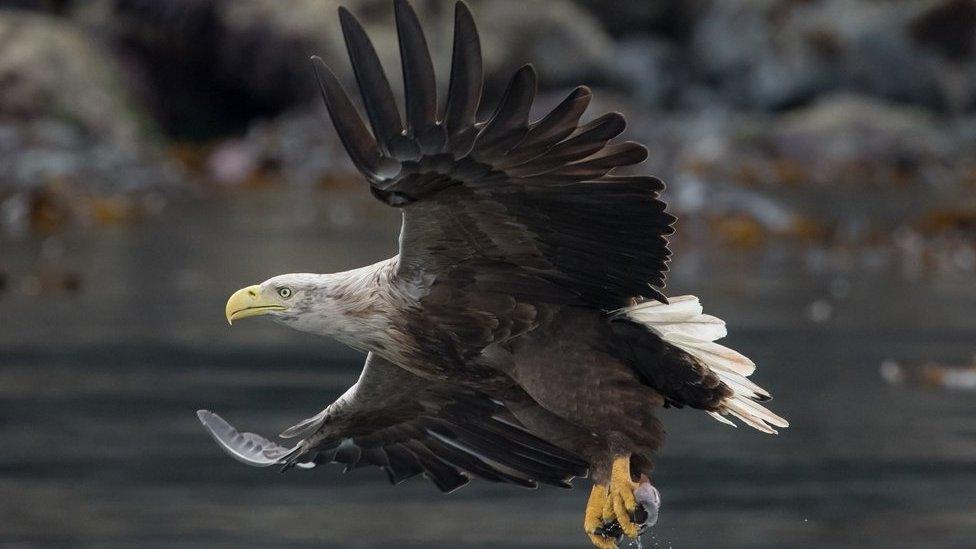
- Published22 August 2019

- Published3 April 2019
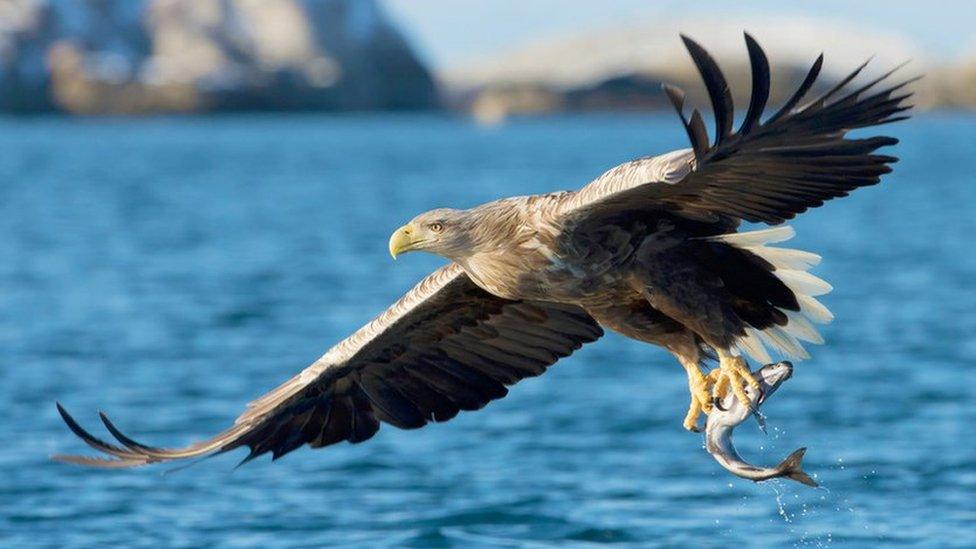
- Published2 April 2019
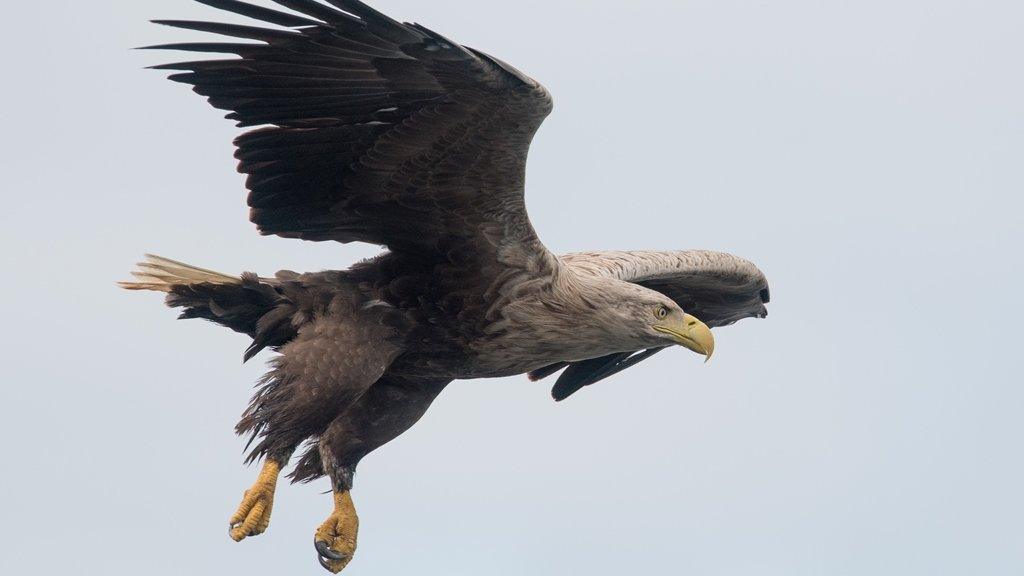
- Published20 November 2018
